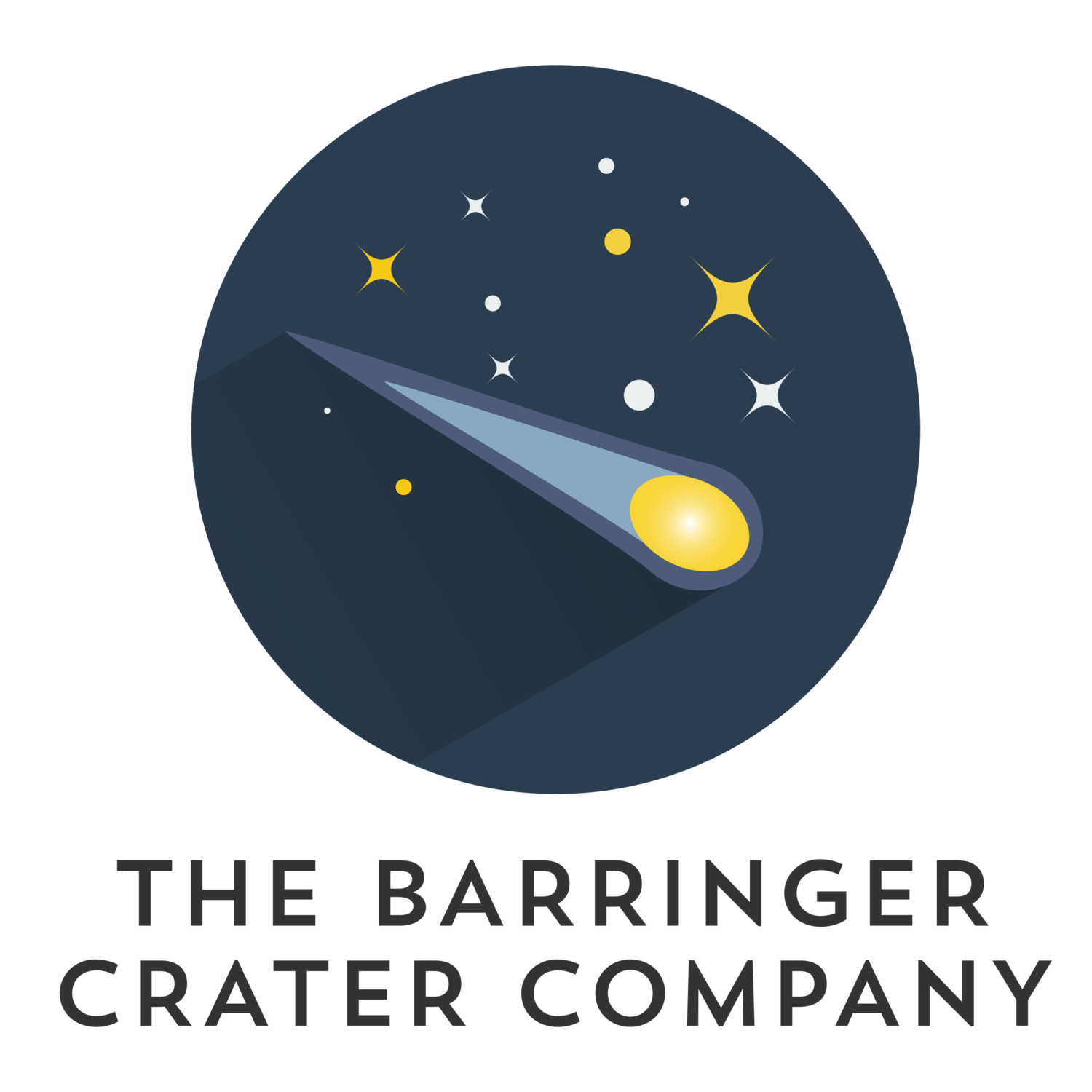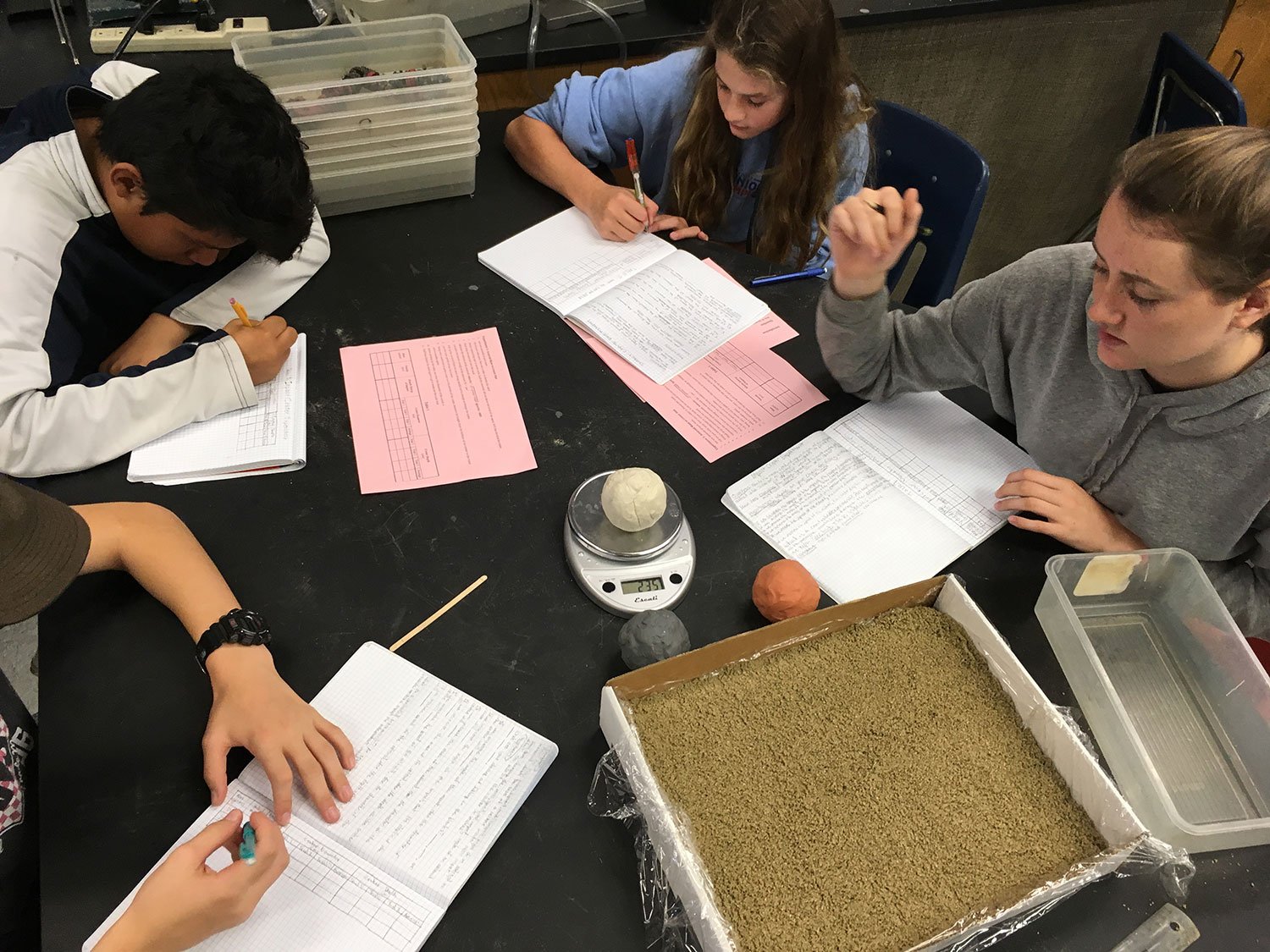
Welcome Teachers!
From Space to Earth: Meteor Crater
From Space to Earth: Meteor Crater is an inquiry-based middle school curriculum that takes students from observers to experimenters to educated participants in the investigation of the scientific processes of impact cratering. It has been piloted with twelve 8th grade classes at John Adams Middle School and is currently shared with teachers on the NSTA's NGSS curriculum hub.
Lesson 1: Volcanic vs. Impact Craters
This lesson orients the students to the existence of impact craters in our solar system. Students study different craters on the Moon and Mars, applying the criteria for impact craters and volcanic craters. Through their exploration, students will realize how prolific impact craters are in our solar system and develop questions about why impact craters on Earth are less common or harder to see than impact craters on the Moon and Mars.
Lesson 2: Where on Earth are Impacts?
This lesson introduces students to the hundreds of impact craters on Earth in a fun global competition. In their search for craters, students will broaden their scientific perspectives to the seven continents, a variety of target rocks, longitude and latitude, diameters, and age in millions of years.
Hands-on Lesson 3: Create Impact Craters!
7 classes
This hands-on lab has students design their own experiments, creating their own impact craters in order to analyze how the mass and velocity of a projectile affects the size of the resulting crater. Students work in groups to conduct and refine their experiments as they calculate the velocity, momentum, and kinetic energy of their projectiles from various heights. Is the impact crater more affected by the projectile’s mass or velocity?
Virtual Lesson 3: Impact Scenarios
This on-line simulation has students run data tests to analyze how the mass and velocity of a projectile affects the size of the resulting crater. Working in small groups, students gather data and apply mathematical thinking to analyze different variables involved in impact crater events.
Lessons 4: Battle for Impact Theory
This lesson leverages the students’ new knowledge about craters in a narrative of the scientific battle for impact theory that stretched from 1902 to the 1960s. Students analyze a scientific slideshow that follows the journey of Daniel Moreau Barringer in his quest for scientific acceptance and a financial windfall. The students tackle a scientific writing by an impact specialist, Dr. David Kring, that discusses all the key points about impact crater formation and identification and considers the strengths and weaknesses of different scientific theories.
Lesson 5 Impact Craters - Final Assessment and Reflection
This lesson has the students reflect on all the big questions about impact craters and the scientific process.






